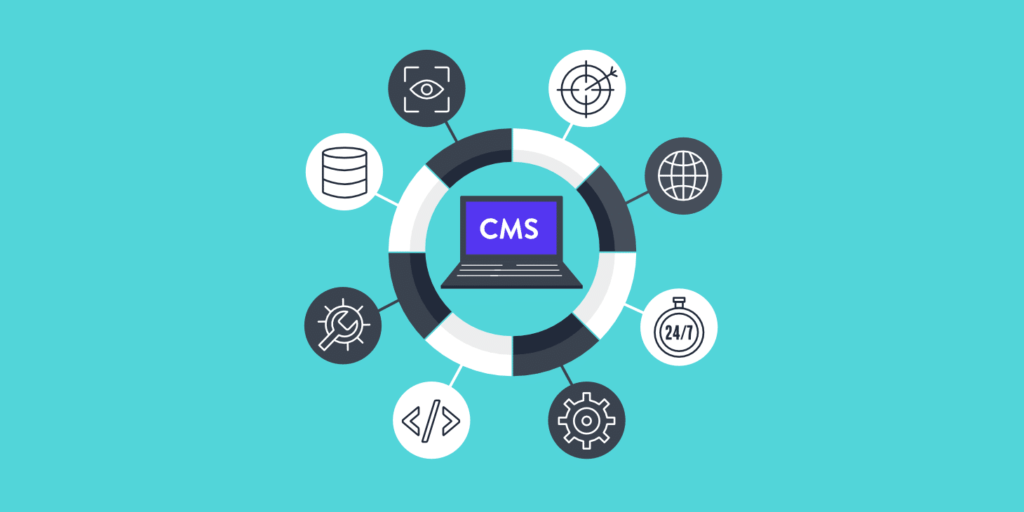Digital Content Management (DCM) is the process for collection, delivery, retrieval, governance and overall management of information in any digital format. The term is generally used in reference to administration of the content lifecycle, from creation to permanent storage and final deletion. The content involved may be images, video, audio and multimedia as well as text. The actions taken by organizations may differ, but the process that they follow is universal. The digital content management lifecycle follow these stages:
- Organization: The first stage where categories are created, taxonomies designed, and classification schemes developed.
- Creation: Content is classified into architectural categories.
- Storage: Content format and storage decisions are made based on ease of access, delivery, security and other factors dependent on the organization’s needs.
- Workflow: Rules are designed to keep content moving through various roles while maintaining consistency with the organization’s policies.
- Editing/Versioning: This step involves managing multiple content versions and presentation changes.
- Publishing: The stage where content is delivered to users, which can be defined as website visitors or internal publishing via the intranet for employees.
- Removal/Archives: The final stage where content is deleted or moved to an archive when it is infrequently accessed or obsolete.
Source: TechTarget
Additional Reading: Manage Your Digital Assets With DAM Platforms
Related Terms: Digital Rights Management (DRM)
What does this mean for an SMB?
Where there is digital content, there is a tool that can manage it. There are Content Management Systems (CMS) that provides automated data processing for management and creation. For businesses that don’t need specific data management, using a CMS may be a good idea. Many businesses have specific needs when managing their data. There are specific tools to help businesses with those hurdles:
- Social media content management: Social media content management tools help to create an organized social media marketing strategy with defined goals and to analyze engagement. Some social media content management systems include Sprout Social, Google Analytics, and BuzzSumo.
- Web content management: Web content management is used to create, manage and display webpages. A web content management system (WCMS) is a program that provides organizations with a way to manage digital information on a website without prior knowledge of web programming and can include components for a specific industry, such as a content management application (CMA) that automates the production of HTML.
- Mobile content management: Mobile content management (MCM) provides secure access to corporate data on smartphones, tablets and other devices. The main components of MCM are file storage and file sharing.
- Enterprise content management: An enterprise content management (ECM) system has components that help enterprises manage data effectively. ECM components are geared to goals such as streamlining access, eliminating bottlenecks, and minimizing overhead, along with version control, routing, archiving, content governance, and security.

